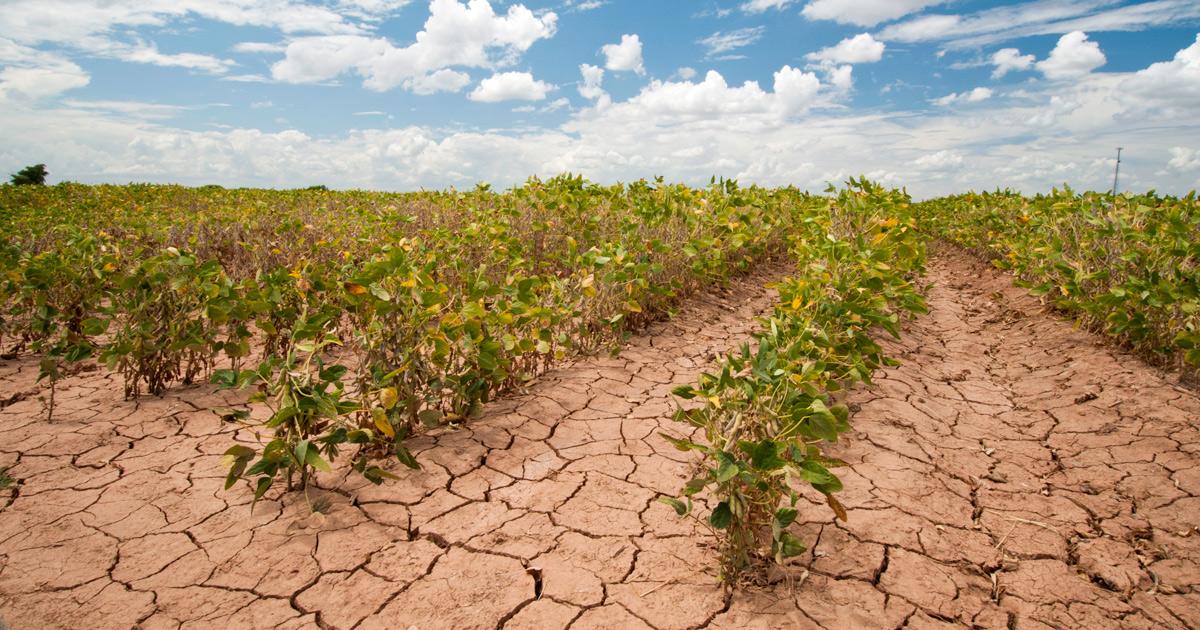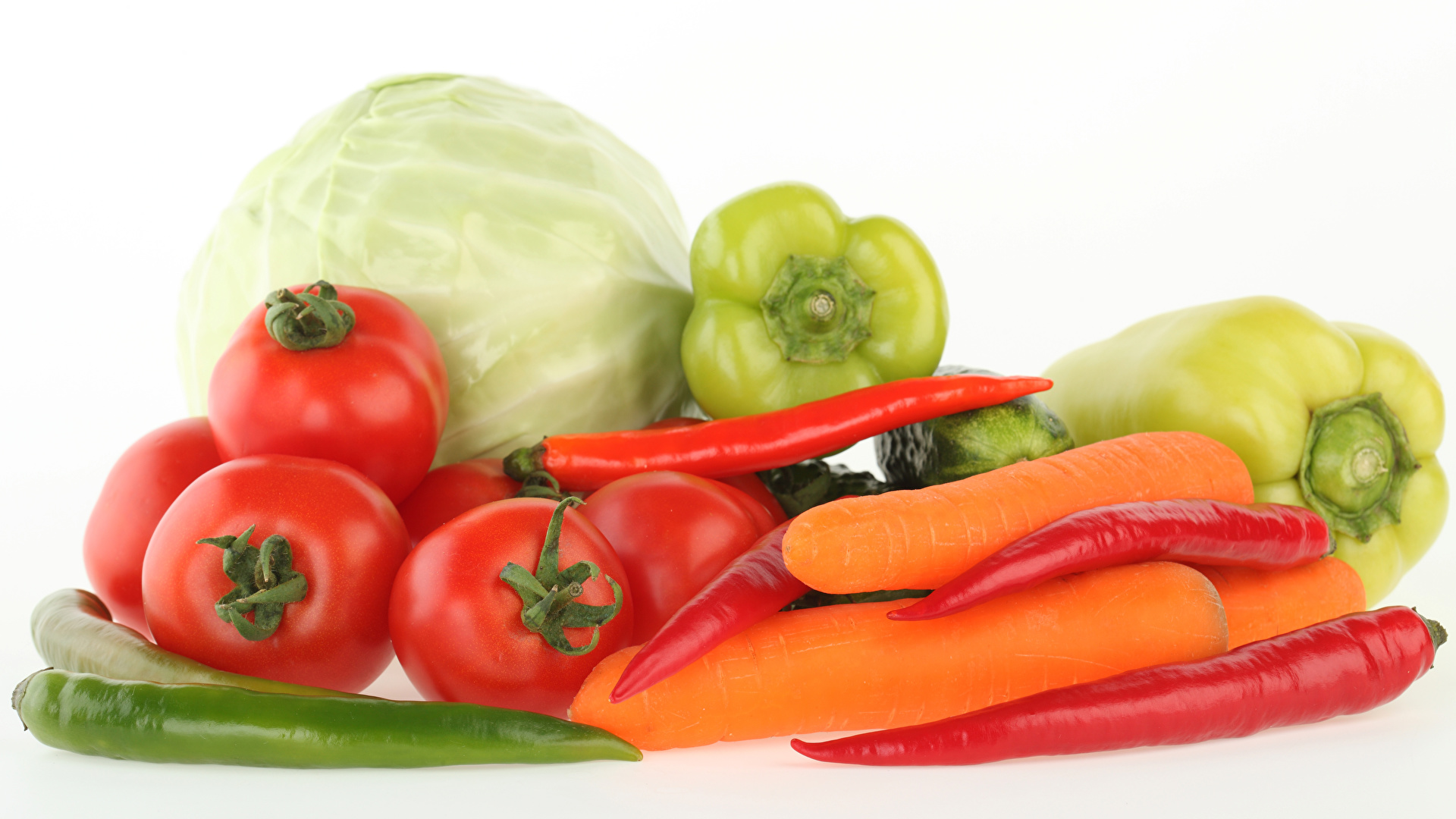Can Plants Adapt to Climate Change?
Climate change poses significant challenges to ecosystems worldwide, impacting biodiversity, food security, and ecological stability. Among the organisms most affected by these changes are plants, which play a crucial role in global carbon cycling, oxygen production, and providing habitat for countless species. As a scholar deeply entrenched in the study of ecology and plant biology, I delve into the fascinating realm of how plants adapt to climate change. In this comprehensive exploration, we will examine the mechanisms of plant adaptation, the current and projected impacts of climate change on plant communities, and the strategies and innovations that could help mitigate these effects.
Understanding Climate Change and its Effects on Plants – Can Plants Adapt to Climate Change?
Climate change refers to long-term shifts in temperature, precipitation patterns, and other climatic variables, primarily driven by human activities such as fossil fuel combustion and deforestation. These changes exert direct and indirect pressures on plant populations and ecosystems globally.
Direct Effects on Plants
- Temperature Extremes: Increased frequency and intensity of heatwaves and cold snaps can stress plants, affecting growth, reproduction, and survival.
- Altered Precipitation Patterns: Changes in rainfall patterns, including droughts and heavy precipitation events, can disrupt water availability for plants, impacting their growth and distribution.
- Rising CO2 Levels: Elevated atmospheric carbon dioxide (CO2) levels can stimulate photosynthesis initially but may alter plant physiology and nutrient content over time.
Indirect Effects on Plants
- Shifts in Species Distribution: Climate change can alter habitat suitability, leading to shifts in the geographic ranges of plant species as they migrate to more favorable climatic conditions.
- Changes in Phenology: Phenological events such as flowering, leaf-out, and fruiting may occur earlier or later in response to changing environmental cues, impacting plant-pollinator interactions and ecosystem dynamics.
- Pest and Pathogen Dynamics: Warmer temperatures and altered precipitation patterns can influence the distribution and abundance of pests and pathogens that affect plants, potentially leading to increased incidence of diseases.
Mechanisms of Plant Adaptation to Climate Change
Plants possess several adaptive mechanisms that enable them to respond to changing environmental conditions. These adaptations can occur at various levels, from molecular processes within cells to community-wide interactions.
Physiological Adaptations – Can Plants Adapt to Climate Change?
- Water-Use Efficiency: Some plants exhibit adaptations that improve water-use efficiency, such as reduced stomatal conductance or increased root-to-shoot ratio, allowing them to thrive in water-limited conditions.
- Heat and Cold Tolerance: Plants may acclimate or adapt to temperature extremes through changes in membrane composition, production of heat shock proteins, and alterations in metabolic pathways.
- Carbon Sequestration: Increased atmospheric CO2 levels can enhance carbon sequestration in plants, influencing global carbon cycling and potentially mitigating climate change impacts.
Genetic Adaptations
- Natural Selection: Plants with genetic variations that confer fitness advantages under changing climatic conditions may have a selective advantage, leading to the adaptation and persistence of resilient populations.
- Epigenetic Modifications: Epigenetic changes, such as DNA methylation and histone modifications, can influence gene expression in response to environmental stimuli, facilitating rapid adaptation to new conditions.
Ecological Adaptations
- Species Interactions: Plant species may exhibit adaptive responses through changes in their interactions with pollinators, herbivores, and symbiotic microorganisms in response to shifting environmental conditions.
- Migration and Dispersal: Some plants may disperse seeds over greater distances or exhibit migration patterns to track suitable climatic conditions, particularly in fragmented or urbanized landscapes.
Case Studies and Examples of Plant Adaptation
Scientists and ecologists have documented numerous examples of plant species adapting to specific climate change pressures across different ecosystems and regions.
Alpine Plants
- Shifts in Altitudinal Range: Alpine plants have been observed migrating upslope to cooler elevations as temperatures warm, maintaining suitable habitat conditions.
- Changes in Flowering Phenology: Species such as the mountain avens (Dryas octopetala) have adjusted their flowering times in response to altered snowmelt patterns and temperature regimes.
Desert Plants
- Water-Use Efficiency: Desert-adapted plants like succulents and cacti exhibit specialized adaptations, such as CAM (Crassulacean Acid Metabolism) photosynthesis, which enhances water-use efficiency in arid environments.
- Seed Dormancy and Germination: Species like the desert annuals may adjust their seed dormancy and germination requirements in response to variable precipitation patterns.
Challenges and Limitations in Plant Adaptation – Can Plants Adapt to Climate Change?
While plants possess remarkable adaptive capacities, several factors can constrain their ability to cope with rapid climate change:
- Limited Genetic Variation: Some plant species may have low genetic diversity or restricted gene flow, limiting their capacity to adapt to novel environmental conditions.
- Pace of Climate Change: The rate at which climate change is occurring may exceed the natural pace of evolutionary adaptation, particularly for long-lived or slow-growing plant species.
- Interactions with Other Stressors: Climate change interacts with other stressors such as habitat loss, pollution, and invasive species, exacerbating challenges for plant populations.
Strategies for Enhancing Plant Resilience – Can Plants Adapt to Climate Change?
In light of these challenges, scientists, policymakers, and conservationists are exploring strategies to enhance plant resilience and facilitate adaptation to climate change:
- Assisted Migration: Managed relocation or assisted migration programs may facilitate the translocation of plant species to suitable habitats ahead of their natural range shifts.
- Conservation Genetics: Conservation efforts can prioritize genetic diversity conservation and restoration to enhance adaptive potential in plant populations.
- Ecosystem-Based Approaches: Protecting intact ecosystems and promoting landscape connectivity can facilitate natural migration and dispersal of plant species.
- Climate-Smart Agriculture: Agricultural practices that emphasize crop diversity, soil health, and water conservation can enhance resilience in food crops to climate variability.
Climate Change : Science, Sociology & Spirituality | Maya (mayathevoice.com)
Future Directions and Research Needs – Can Plants Adapt to Climate Change?
Continued research is essential to advance our understanding of plant adaptation to climate change and inform effective conservation and management strategies:
- Genomic Approaches: Integrating genomic tools and techniques can elucidate the genetic basis of adaptive traits and predict species’ responses to future climate scenarios.
- Long-Term Monitoring: Long-term ecological monitoring programs can track changes in plant communities and assess their adaptive responses over time.
- Global Collaboration: International cooperation and data-sharing initiatives are critical for addressing global challenges posed by climate change and biodiversity loss.
Conclusion – Can Plants Adapt to Climate Change?
Plants possess a remarkable capacity for adaptation to changing environmental conditions, including the profound impacts of climate change. Through physiological, genetic, and ecological mechanisms, plants can adjust their behaviors, traits, and distributions to persist in a rapidly changing world. As stewards of our planet’s biodiversity, it is incumbent upon us to understand these processes, mitigate anthropogenic influences on climate change, and implement strategies that promote plant resilience and ecosystem health. By safeguarding plant diversity and supporting adaptive responses, we can ensure the sustainability of ecosystems and secure a greener, more resilient future for generations to come.
In the face of climate change, plants teach us resilience and adaptation, embodying nature’s enduring spirit in a changing world.
Here are some reputable sources where we collected our information for this blog, for further reports read from the link below:
- Intergovernmental Panel on Climate Change (IPCC) – The IPCC reports provide comprehensive assessments of climate science, including impacts on ecosystems and biodiversity. Visit IPCC website
- National Aeronautics and Space Administration (NASA) – NASA’s Earth Science Division offers insights into climate change impacts on vegetation and ecosystems using satellite observations and modeling. Explore NASA’s Earth Science
- Nature Climate Change – A leading scientific journal publishing research on the impacts of climate change on natural systems, including plants and ecosystems. Visit Nature Climate Change
- Global Change Biology – Another prominent journal focusing on research related to the biological impacts of global change, including plant adaptation. Explore Global Change Biology
- Botanical Gardens Conservation International (BGCI) – BGCI provides resources on plant conservation and climate change adaptation strategies for botanical gardens and plant scientists. Visit BGCI





This is really interesting, You’re a very skilled blogger. I have joined your feed and look forward to seeking more of your wonderful post. Also, I’ve shared your web site in my social networks!